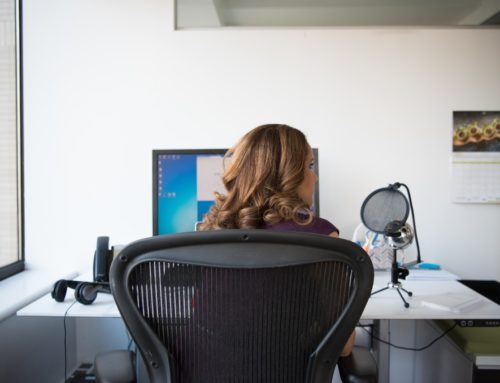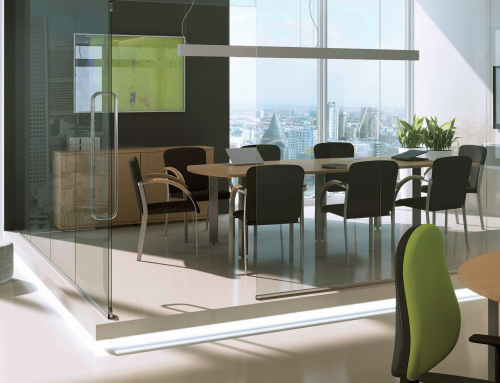Choosing an Office Chair: The Essentials

In our experience, there’s a high chance that the majority of people will say desks. Desks are bigger, after all, and people seem to automatically make the association that the larger the item of furniture, the higher the price. Now check your procurement records and find out what the real answer is. and hopefully you will be able to surprise them by informing them that, in fact, their chair cost more.
There are a whole host of reasons why investing in high quality ergonomic chairs – and spending considerably more on them than on desks – is money very well spent. So if your business needs to upgrade its office chairs, here are the essential things you should be looking out for.
Lumbar support
People working a typical office job can spend eight hours plus every day sat in their chair. It is now no secret that, if your sitting position is not right, this can wreak havoc with your back over a sustained period of time. The problem is that, when we slouch, the pressure created on our lower back pushes against the natural inward curve of our spine. This can lead to everything from posture problems to chronic back pain. Quality ergonomic chairs should therefore provide plenty of support to the lower back, and ideally have an adjustable backrest to suit the individual.
Multidirectional adjustment
We all know about the option to make even the most basic office chair shoot up and down, but did you know that the highest specification models can have up to 14 different adjustment options? The really important things you need to know about adjusting an office chair are as follows:
- Height: Everyone using a chair should be able to adjust it not only so their feet sit flat on the floor, but so they can reach everything they need on their desk while their shoulders are relaxed, without hunching.
- Backrest angle: It is important to be able to vary the angle of the backrest so it can provide appropriate lumbar support to different shapes and sizes of frame. The option to change angle also means people don’t have to sit in one position all day, reducing the risk of discomfort.
- Seat angle: As with the backrest, adjusting the tilt in the seat of the chair allows for users to adopt different postures throughout the day.
- Swivel: The reason most office chairs swivel is to support movement as you perform different tasks at your desk. You’d be amazed how easy it is to pull a muscle making seemingly innocuous movements from a seated position.
Movement
The best office chairs don’t just let you vary seat height and backrest angles between a series of fixed positions. They also allow for floating movement. So, for example, if you sit forward and straighten your back, a good chair should automatically tilt forward to maintain support. If as the day wears on you find yourself sinking ever further backwards, your chair should again move with the pressure.
This is because sitting in any one position for too long, even if your back is well supported, your feet are flat on the floor and your shoulders aren’t hunched, is never a good idea. Anyone who has been on a long haul flight knows how uncomfortable it becomes. Your body needs movement, to keep circulation flowing and share the workload between different muscles. Even if your desk job feels stationary, your chair should support the movements your body needs.
Need some help? See more inspiration from our ranges or why not get in touch with our friendly team?




